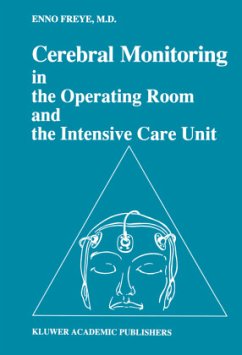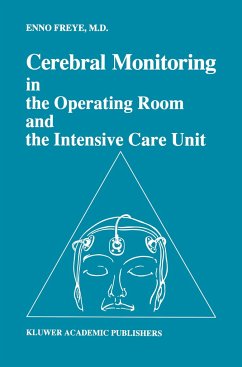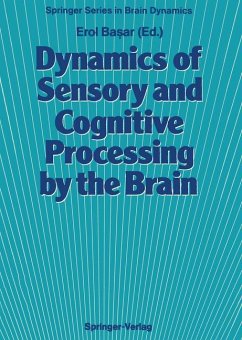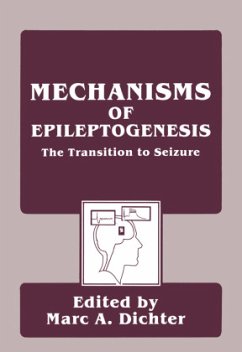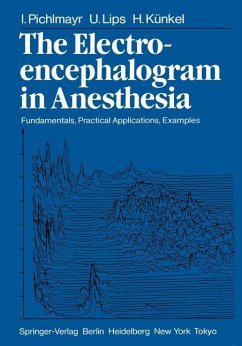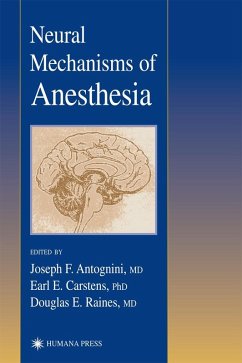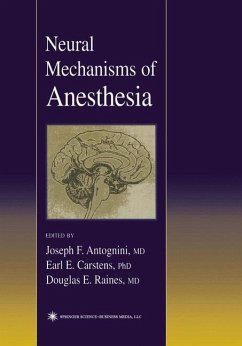
Electromyography and Evoked Potentials
Theories and Applications
Herausgegeben von Struppler, A.; Weindl, A.

PAYBACK Punkte
39 °P sammeln!
Over the last decades the developments and applications of electromyo graphic and electroneurographic methods have been of great value in giv ing us insights into the functions of various neuronal systems. More re cently, considerable advances in new technologies, e.g. computerization and microtechniques, as well as a remarkable increase of interest in the functions of the central nervous system, especially in motor control, can be recognized. The tremendous advances in the development of electromyography, electroneurography and evoked potential recording as well as in record ing of single mot...
Over the last decades the developments and applications of electromyo graphic and electroneurographic methods have been of great value in giv ing us insights into the functions of various neuronal systems. More re cently, considerable advances in new technologies, e.g. computerization and microtechniques, as well as a remarkable increase of interest in the functions of the central nervous system, especially in motor control, can be recognized. The tremendous advances in the development of electromyography, electroneurography and evoked potential recording as well as in record ing of single motor units and of single nerve fibres raised the question from a clinical-physiological and physiological point of view as to which methods are relevant for clinical diagnosis and which technological devel opments can provide us with better insight into the functions of the ner vous system? This book which is based on a well balanced distribution of clinical neurophysiological and physiological contributions presents a great variety of important and interesting topics. We are grateful to the International Federation of Societies for Elec troencephalography and Clinical Neurophysiology, in particular to the Chairman of the EMG Commission, Prof. J. Desmedt, Brussels, to the German EEG Society, and to the German Research Society (DFG) for their assistance. The secretarial assistance ofE. Amann, E. Buttner, D. Mitteregger, and the technical assistance ofR. Riescher are gratefully acknowledged.





